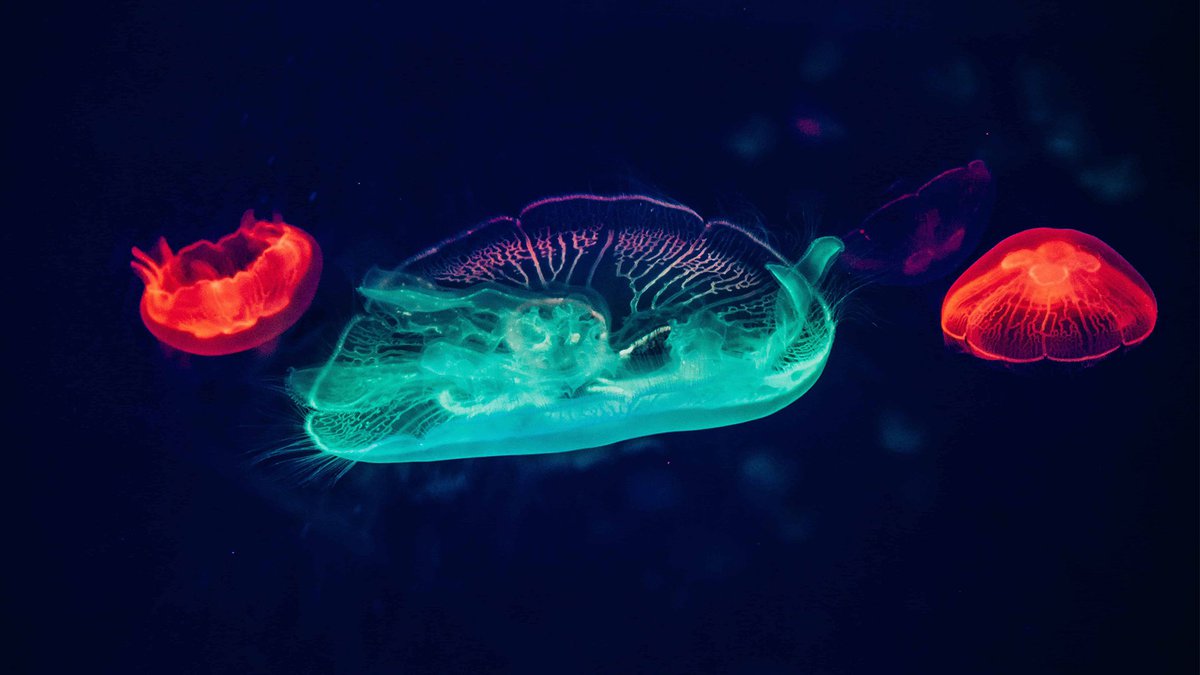We all know of Mary Shelley’s Frankenstein, a young scientist who creates a unique, modified human creature in the book. The experiments of Frankenstein are fictional but what contemporary scientists are doing are no less different in some ways, but in a good way. For the last few decades, scientists have been tweaking genes of animals to give them what we call desirable traits. Thanks to the latest gene editing techniques, it has now become easier than ever. Genetic modification is where you can cut DNA from one organism and paste it into another’s DNA; the procedures to accomplish this varies. One such exciting example would be that of animals glowing in the dark. It does sound interesting. But could you imagine a glow-in-the-dark mouse running in the house at night? Or, a spider for the record.
Scientists have applied this technique to different animals by inserting the Green Fluorescent Protein (GFP) found in jellyfish, inside their genome. Some of the notable names are sheep, pigs, rabbit, cat, dog, mice, and many more. This genetic modification will play an essential role in understanding the infinite possibilities of mutations and their practical implications. One of the most interesting genetic modifications is that of a glowing cat designed to better understand AIDS in both cats and humans. Researchers from U.S. and Japan used GFP to make them glow in the night. Apart from creating cute burning cats, these scientists monitor the gene's activity, which helps them resist the feline form of AIDS.
Thanks to GFP; the cat is not the only lab rat. In 2012, a team of scientists at the Animal Reproductive Institute of Uruguay injected these proteins into a newborn sheep. According to the scientist, the experiment was conducted to refine this technique and mentioned the sheep are healthy and normal. Before cats and sheep, scientists experimented with this technique on dogs, monkeys and fishes, and rabbits. For example, in 2000, an artist named Eduard Kac convinced the French Research Institute to breed a rabbit injecting the protein from Jellyfish to make it glow green in blue radian light. He designed the research to provoke and promote the practice of genetic engineering in animals. After that, in the year 2009, Japanese Scientists and Korean Scientists experimented on monkeys and dogs.
In our current life and environment, we are in a state of losing lives to diseases and unknown viruses. A disease is generally a combination of a genetic and environmental cause. Scientists are working hard to learn about different genetic influences. By doing so, they will be able to unravel the mysteries of environmental influences as well. Further research using genetically engineered glowing animals will help us to concentrate on genetic approaches to diseases and shed a light on how mutations work in causing diseases.



0 comments